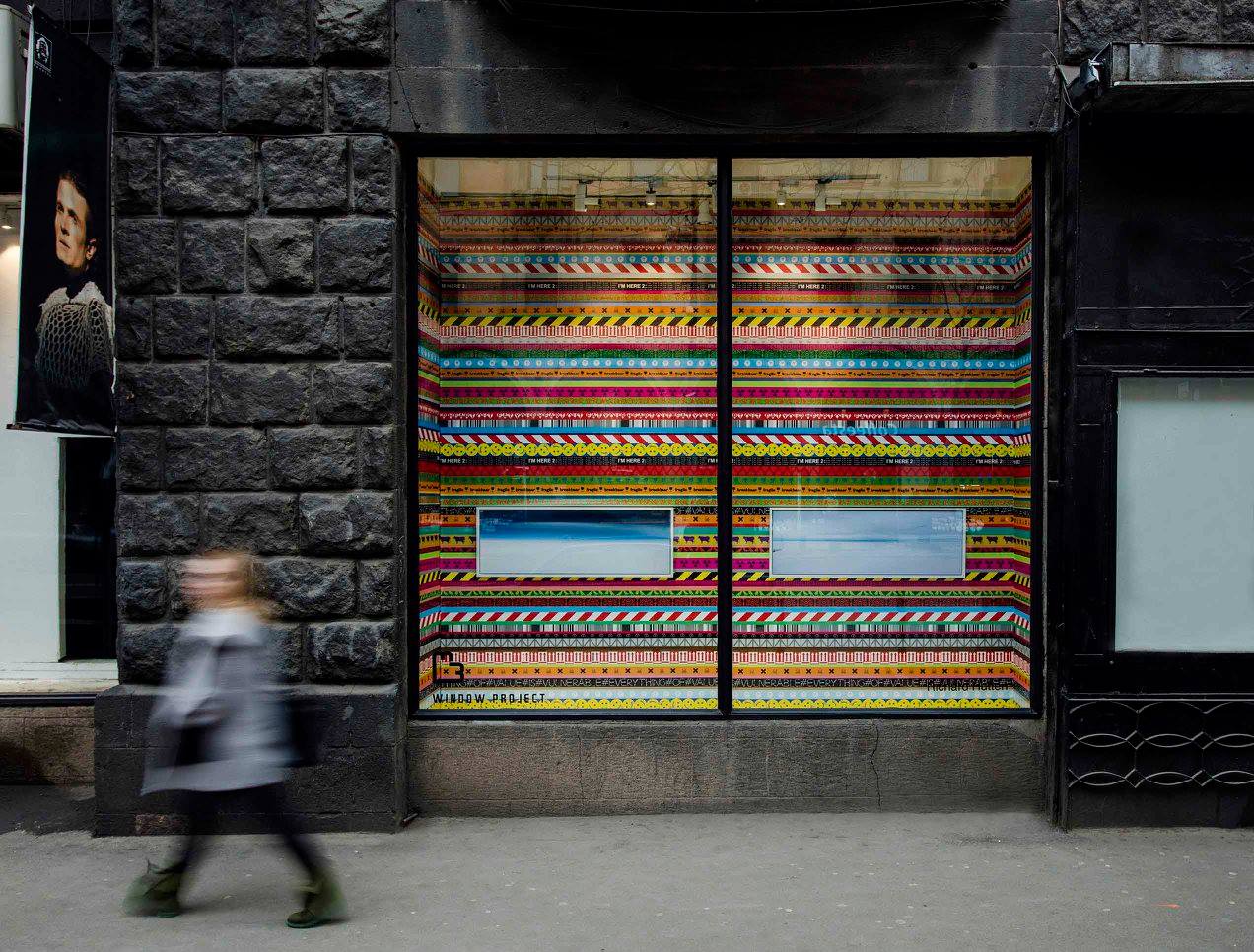Rotterdam-based Richard Hutten is one of the most influential and successful Dutch designers. He is well known for his conceptual and playful designs. A true innovator, he has established himself as one of the leading international figures in his field, continuously pushing the boundaries of design. Hutten is also a photographer, with work in the permanent collection of the Gemeentemuseum in The Hague and the Miniature museum, next to works by Damian Hirst, Erwin Olaf and Yayoi Kusama among many others. Besides that, he also makes sculptures, designs buildings and interiors, and writes essays.
His work is held in the permanent collections of over 40 museums around the world, making him one of the most collected living designers. The list includes MoMA New York, Victoria & Albert Museum London, Centraal Museum Utrecht, Vitra Museum Weil am Rhein, San Francisco Museum of Modern Art, Design Museum London, Design Museum Gent, Stedelijk Museum’s Hertogenbosch, Chicago Art Institute and the Stedelijk Museum Amsterdam.
Currently, his “Skyscapes” series is being exhibited in Tbilisi at Window Project. The Window Project, run by Tamuna Gvaberidze, is a gallery in the Pantomime Theater window display, an art vitrine concept based on the idea of making art as public as possible, using window displays as an alternative gallery space. Windows Project is accessible 24/7, showcasing the works of international and local artists.

"People mainly know me for my design work, but for me, design is one of the arts," Richard told GEORGIA TODAY. "That is why it's being collected by museums. Fewer people are familiar with my work as a photographer, partly because it operates between the walls of galleries and museums and it is not as visible as my design works, which are everywhere.
"But for me, the work of a designer is the same as that of a photographer; the process is also the same. It all starts with an idea. And in these times of Instagram, it is very hard to create an original image with a strong visual impact. Here in Holland, we have a long and rich tradition in painting. Rembrandt, Vermeer and Van Gogh are known to everyone. I decided to work in the same genre as they did, landscape, with those famous Dutch clouds. But I decided to look at them from above, not below. The old masters always painted the horizon at 1/3 of the picture, so 2/3 of the painting could be sky. Since my picture are taken above the clouds, I decided to put the horizon exactly in the middle. Nowadays people fly like crazy. This is destroying the planet. I want to capture the beauty before it is destroyed. The irony is that I make this art while flying.
"My other work is always as simple, direct and to the point as these Skyscapes. It all starts with a clear concept, and then it develops into the final result. It took me two years and thousands of tries to make these Skyscape series. The format is also extraordinary, since there are no cameras which can take these kinds of format pictures- very long. We had to invent a special way of manipulating the original pictures in the computer, to realize this almost painting-like result," Richard said.

"I think we’re witnessing a great period in the market development of the Georgian contemporary art scene," Window Project Founder Tamuna Gvaberidze told GEORGIA TODAY. "I would say this is the time for making the right moves. The development of the art market depends upon a number of collectors interested in art, the relationship with dealers –galleries, critics and museums. It’s very important for local institutions like banks, telecommunication companies and other big players to start investing in art. Countries that oversaw the successful development of their art market now reap great economic benefit from it. Georgia must acknowledge that art is among the main assets of this country, it is not limited to wine, food and nature. This year, Tbilisi will host the Tbilisi Art Fair, a very important venue for the continued growth of the local art scene.
"I’m very happy more commercial galleries are appearing on the Georgian market. However, art fairs and commercial galleries by themselves aren’t enough. We still need good critics, publications, education, and institutional support. Currently, we don’t have a contemporary art museum, we don't have many collectors; I understand that this is affected by the general development level of the country and its economic situation — it’s all interconnected. However, after some time it will grow and I believe that we have already started that process by collaborating and sharing common values with each other and talking about all players of Georgian art. Georgia is small but very rich in culture; its diversified nature finds its way into the Georgian character and creativity.

"Helping artists isn’t restricted to finances. Helping them means creating the necessity facilities for them that allow them to thrive. I’m against the idea that an artist must think commercially: such a mindset makes them lose the most important vibes and divert their focus from pure creativity. That’s why we are here to help them be heard," Tamuna concluded.
Check out The Window Project at 37 Rustaveli Avenue and follow them on facebook.
